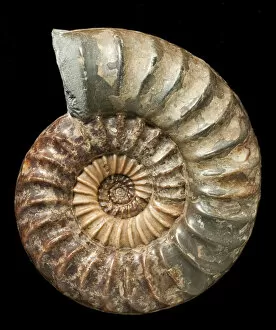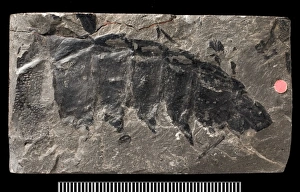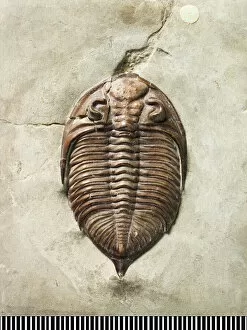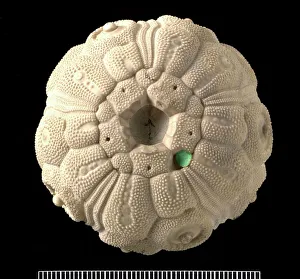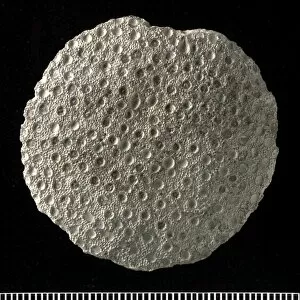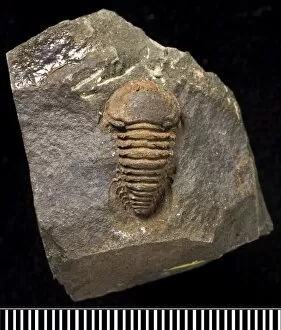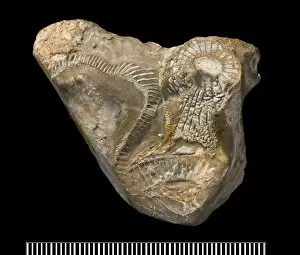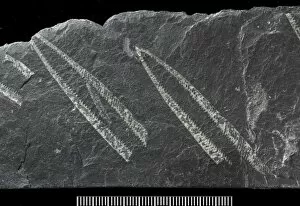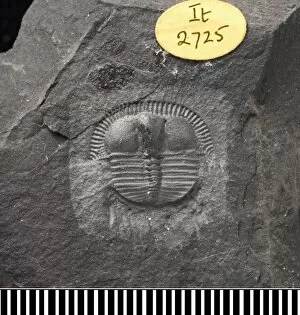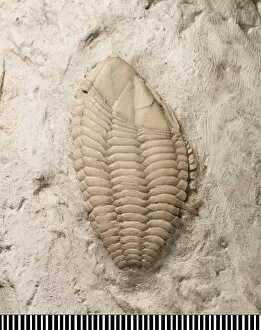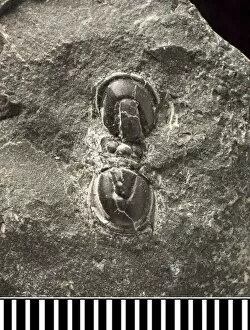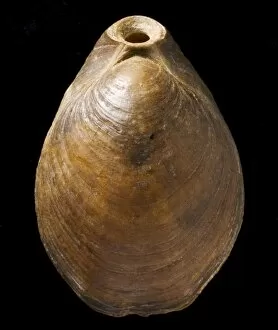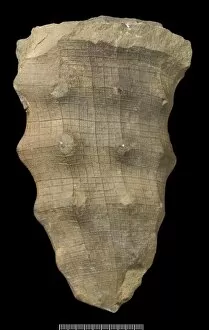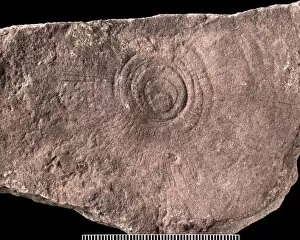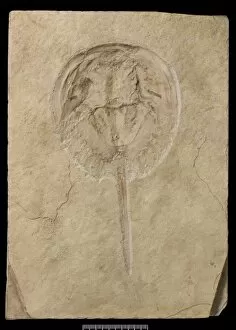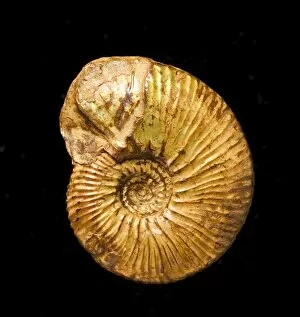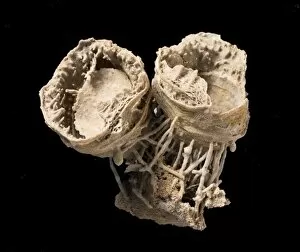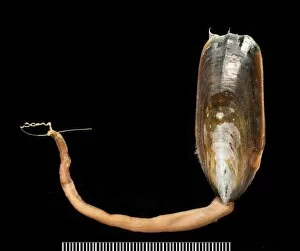Paul Taylor Collection
Paul Taylor is a man of many interests and accomplishments
All Professionally Made to Order for Quick Shipping
Paul Taylor is a man of many interests and accomplishments. From his passion for paleontology, as seen in his collection of Asteroceras and Dalmanites fossils, to his love for racing cars like the Renault Clio Sport 220 Trophy (CM29 6899) and Honda Civic (CJ7 1399), Paul Taylor's diverse pursuits make him an intriguing individual. Not only does he appreciate ancient marine life with specimens like Temnocidaris sceptrifera fossil echinoid, but he also enjoys the thrill of speed on the racetrack with vehicles such as the Ginetta G55 (CM21 3646) and Ginetta G55 GT4 (CM21 4664). His fascination extends beyond fossils and race cars; he has even explored the world of brachiopods through Mucrospirifer. But Paul Taylor's interests are not limited to science or sports. He also cares deeply about social issues, evident in his involvement with migrant workers in Imperial Valley, California. Whether it's studying prehistoric creatures or advocating for marginalized communities, Paul Taylor demonstrates a multifaceted personality that embraces both intellectual curiosity and compassion. Even amidst all these diverse pursuits, one thing remains constant - Paul Taylor's unwavering enthusiasm for exploration. Just as Arthropleura left behind partial fossil remains as evidence of its existence, so too does Paul leave an indelible mark wherever he goes. With every new endeavor - be it racing Golf R32 Mk4 (CJ4 5118) or delving into historical artifacts - Paul continues to inspire others through his insatiable thirst for knowledge and adventure.

